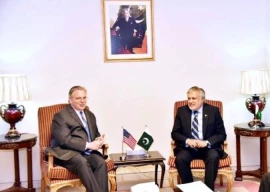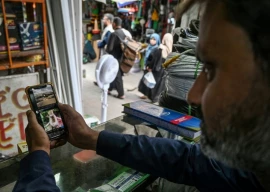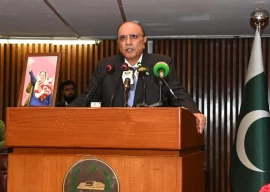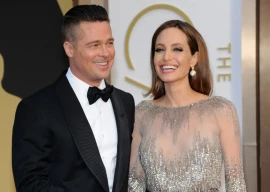
DALLAS: Recently, there has been a spotlight on the activities of global central bankers who manage the global money supply. Primarily, there are three major active central banks – the US Federal Reserve, the European Central Bank and the Bank of Japan. These banks usually collaborate with each other while making changes to their policies.
Of course, there are other central banks, but their issued currencies do not buy oil, settle balance of payments or satisfy international debt. Then, we have the Bank of International Settlement (BIS) in Basel, Switzerland. BIS and the Society for Worldwide Interbank Financial Telecommunication (SWIFT) are supposed to function as a global clearing house for international payment and regulators of the global banking system.

BIS is infamous for manipulating the dollar/euro rates, also affecting Libor rates – sort of global banking interest rate.
Money
Some call it the root of all evils. Others call it lubrication for trade. Here’s how it’s generally created. No, the government doesn’t simply print money. That job has been outsourced to its central bank. The government borrows cash from primary dealers, the elite commercial banks, and issues them borrowing receipts called treasury bills (T-bills).
The primary dealers buy cash using those T-bills from a special bond market called the repo market. It is in this repo market, the central bank buys those T-bills using newly printed cash or electronic credit. This process of injecting liquidity into the market is called open market operation (OMO) or quantitative easing (QE). So why doesn’t the central bank directly lend to the government? They say these steps maintain the bank’s autonomy. So why doesn’t the government simply print the money itself? The unofficial answer is, simplicity and transparency reduces the room for confusion. Complexity breeds confusion and corruption.

Just to be fair, whatever income the central bank gets in interest for the borrowed funds, is deposited back into the government treasury account (minus administrative cost). The primary dealers retain their cut called spread.
Modern money theory
This process of money creation is called ‘chartalism’ or modern money theory. In this process, value of money is derived from taxation. Here is how this policy is supposed to work in theory. Government can run deficit budgets as long as the total debt remains proportional and manageable compared to the overall GDP. Government should be running surplus during good times and switch to deficits during bad times to pick the slack of the private sector.
But when the deficit starts to get bigger, the central bank is supposed to raise the rates. Since interest income to the central bank is poured back into the treasury, this in turn reduces the deficit gap.
If the central bank gradually continues to increase rates to bring government spending in line with income, it will stabilise the currency and pricing.
Fear the carry trade
Just like price fixing/floors/ceilings cause hoarding, black markets and shortages, fixing interest rates causes mispricing of risk, artificial currency appreciation, accumulation of risk in the financial sector and the buildup of the carry trade tsunami in forex. Reason why countries peg their currency to the dollar is to reduce their borrowing cost in international markets, causing distortions in their economies.
Realities
There is no such thing as an apolitical central bank. Debt, along with implicit backing of central bank through intervention in the repo market, injects moral hazard into government decision-making and the entire banking system.
Dilution of currency shifts wealth from the productive real economy to the government and financial sector. Debasement of currency increases commodity and import prices, squeezing profit margins of the private sector as the cost of raw materials, energy and imports goes up.
This is the reason why low interest rates do not spur real economic growth, but boosts speculative investment. It’s true that inflation is a monetary phenomenon but hyper-inflation is a political phenomenon.
The writer is a Dallas-based equity, bonds and derivatives trader
Published in The Express Tribune, December 17th, 2012.
COMMENTS (3)
Comments are moderated and generally will be posted if they are on-topic and not abusive.
For more information, please see our Comments FAQ
























































@Tamaaz Khan: Don't just say the author is wrong. Please point out the mistakes he has made so that we can learn something useful.
Appreciate the post. If the readers have a question, concern or cite a need for correction, I would love to hear from you via Twitter at AsifAmeer_AP. Thanks.
Ridiculous article...
The gentleman doesn't seem to have even a cursory understanding of fiscal and monetary policy.
Tribune needs to do a better job of editing and choosing writers.
Just filling a article with financial jargon does not ensure a cogent argument.